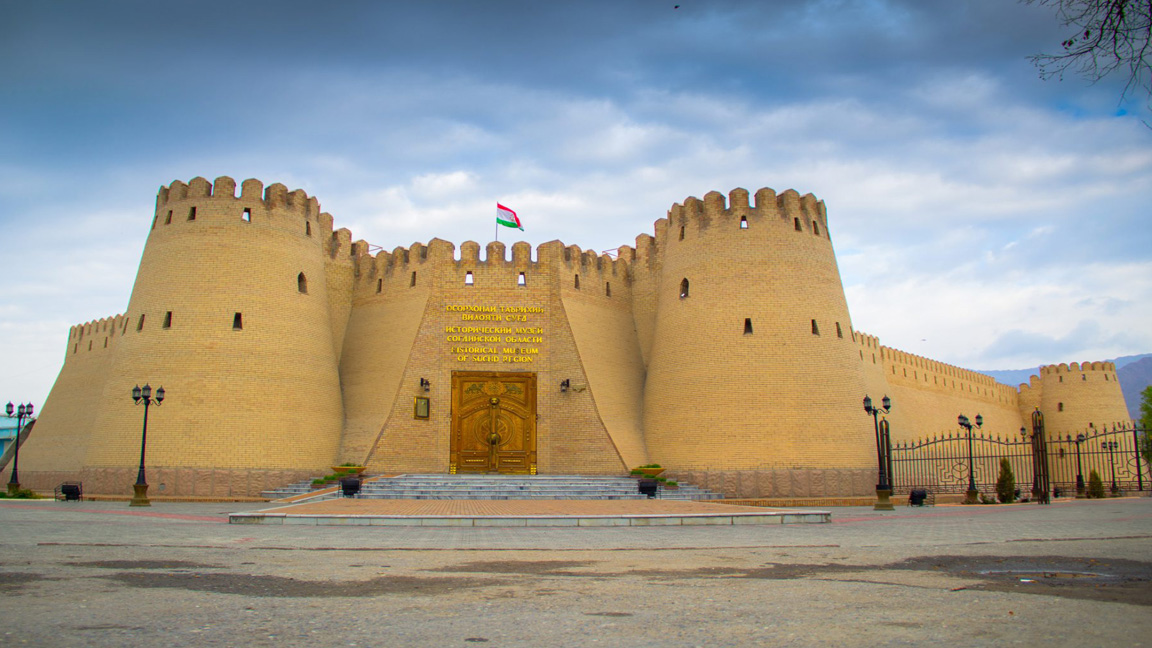


Khujand City - the capital of Sogd Province. Khujand until 1991, is the largest city in Taikistan. It is located on the Syr Darya River at the mouth of the Fergana Valley. The city has over 150,000 inhabitants. It is also the capital of the northernmost province of Tajikistan, which is now called Sughd.
Classical authors state that Alexander of Macedon was born in 329 BC. It would have formed a bastion for the Greek settlers against the Scythian tribes north of the Syr Darya, which the Greeks called the Jaxartes River. It became an important stage on the Northern Silk Road. For much of its history, like the rest of Central Asia, Khujand was once part of the Persian Empire and its history is part of Persian history. Some of the famous Persian poets and scientists are from this city.
Khujand is attractive to tourists because of its numerous ancient monuments. Medieval citadels and mosques have survived. The most famous are the mosque and the mausoleum of Sheikh Muslekheddin (17th-18th centuries). The city's past is eloquently told in the Archaeological Museum of History and Local Lore. In the vicinity of the city is the well-known artificial lake Kairakum. This is the most visited place thanks to its very beautiful landscape, mild climate and picturesque landscape. The lake's crisp, clear waters are great for fishing, boating, and swimming. Khujand was conquered by the Arabs in the 8th century and fought strong resistance against the Mongol hordes five centuries later. Timurids ruled the area, including all of Tajikistan, before it became part of the Kokand Khanate. In 1866 Central Asia was occupied by Russia and the borders of the Kokand Khanate were pushed back. The city was renamed Leninabad on October 27, 1939 and re-established on December 23, 1970. After the collapse of the Soviet Union, it was given its original name back in 1992 and is now located in the Republic of Tajikistan.